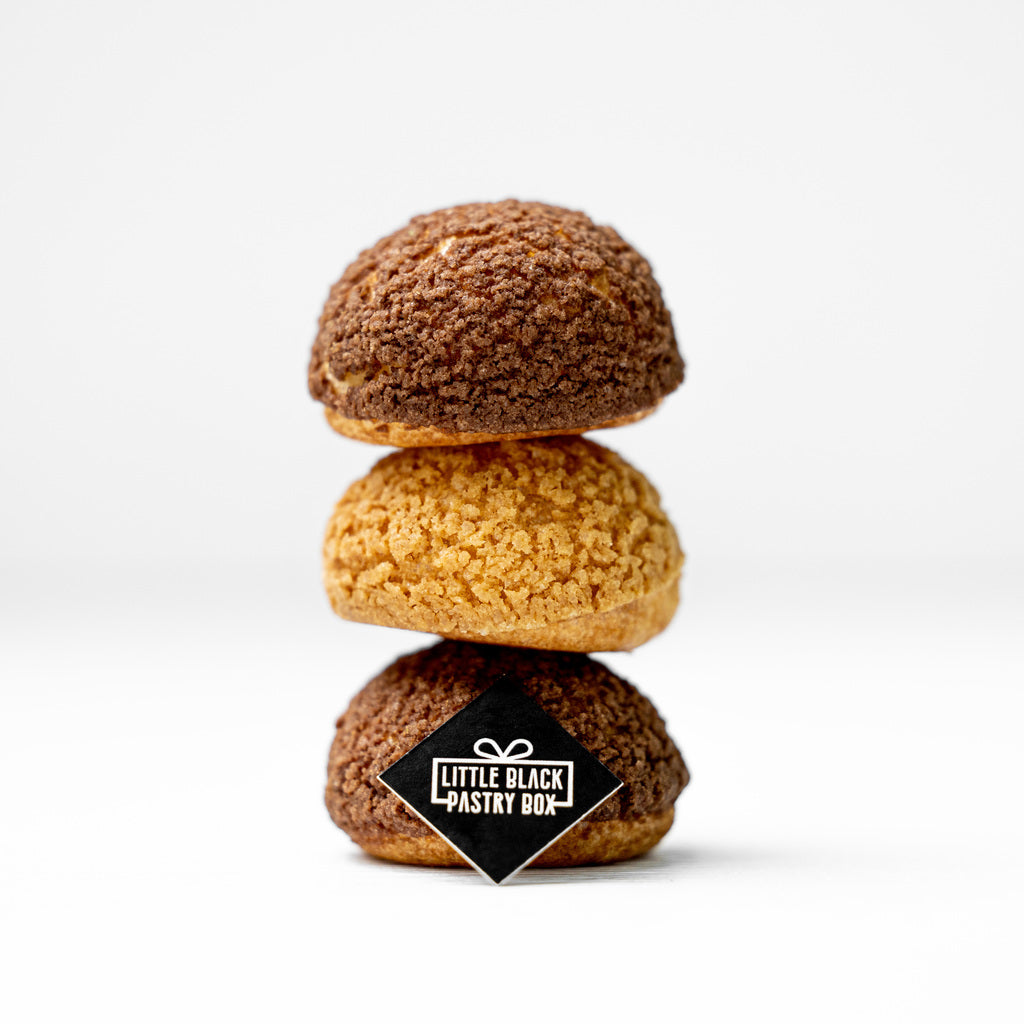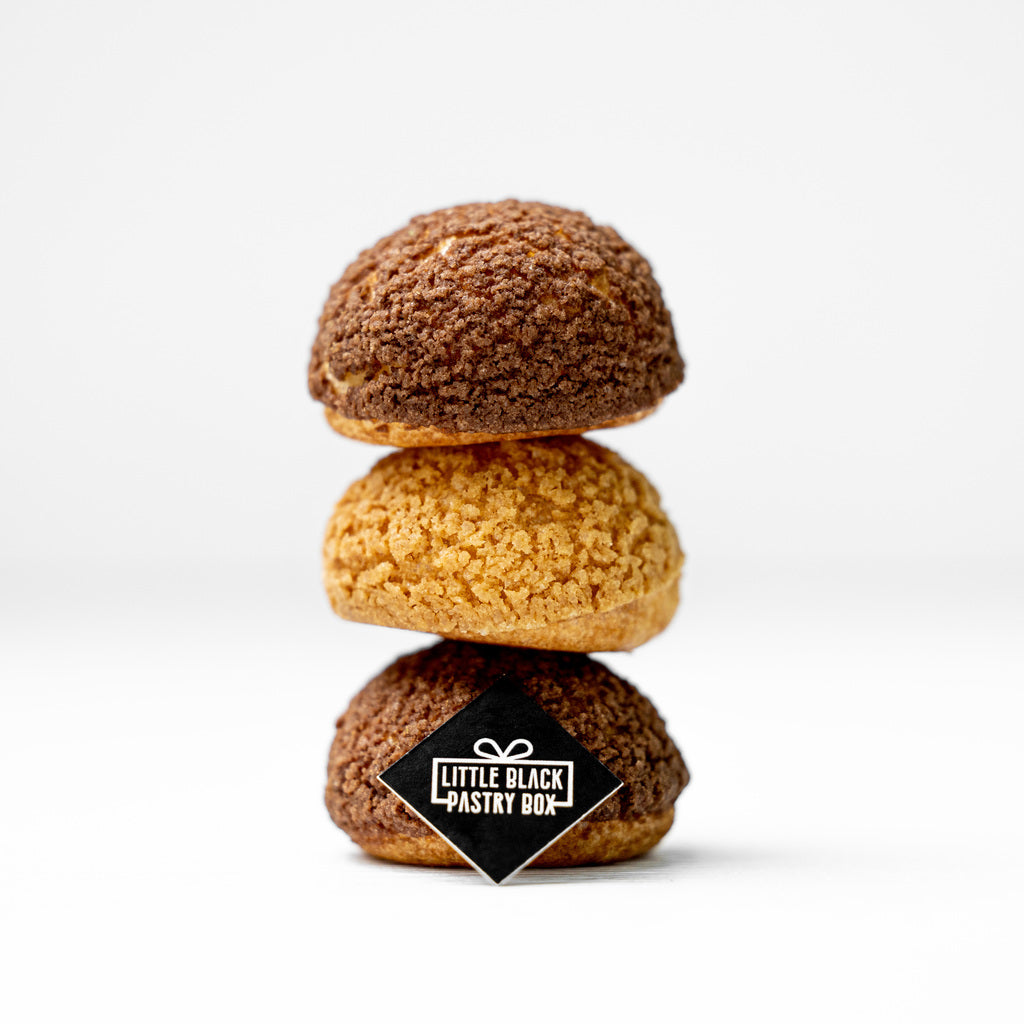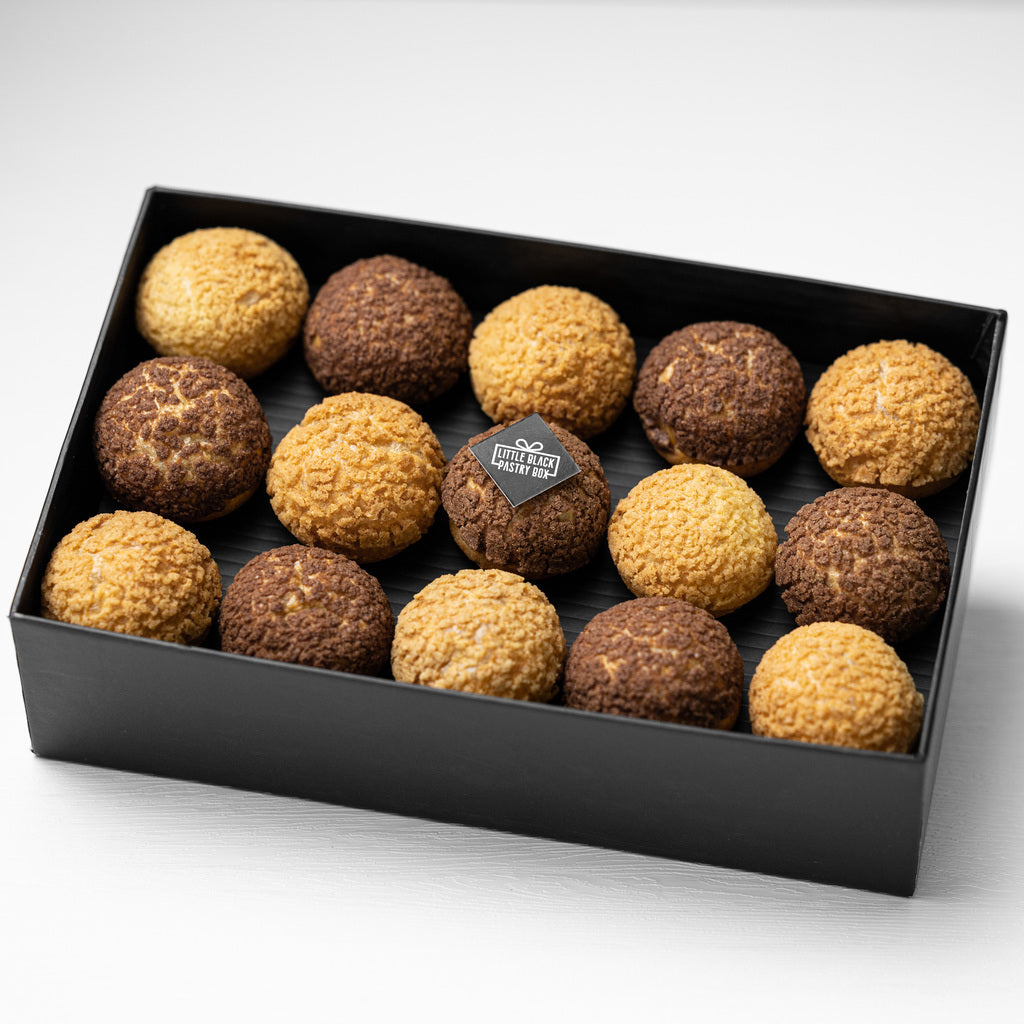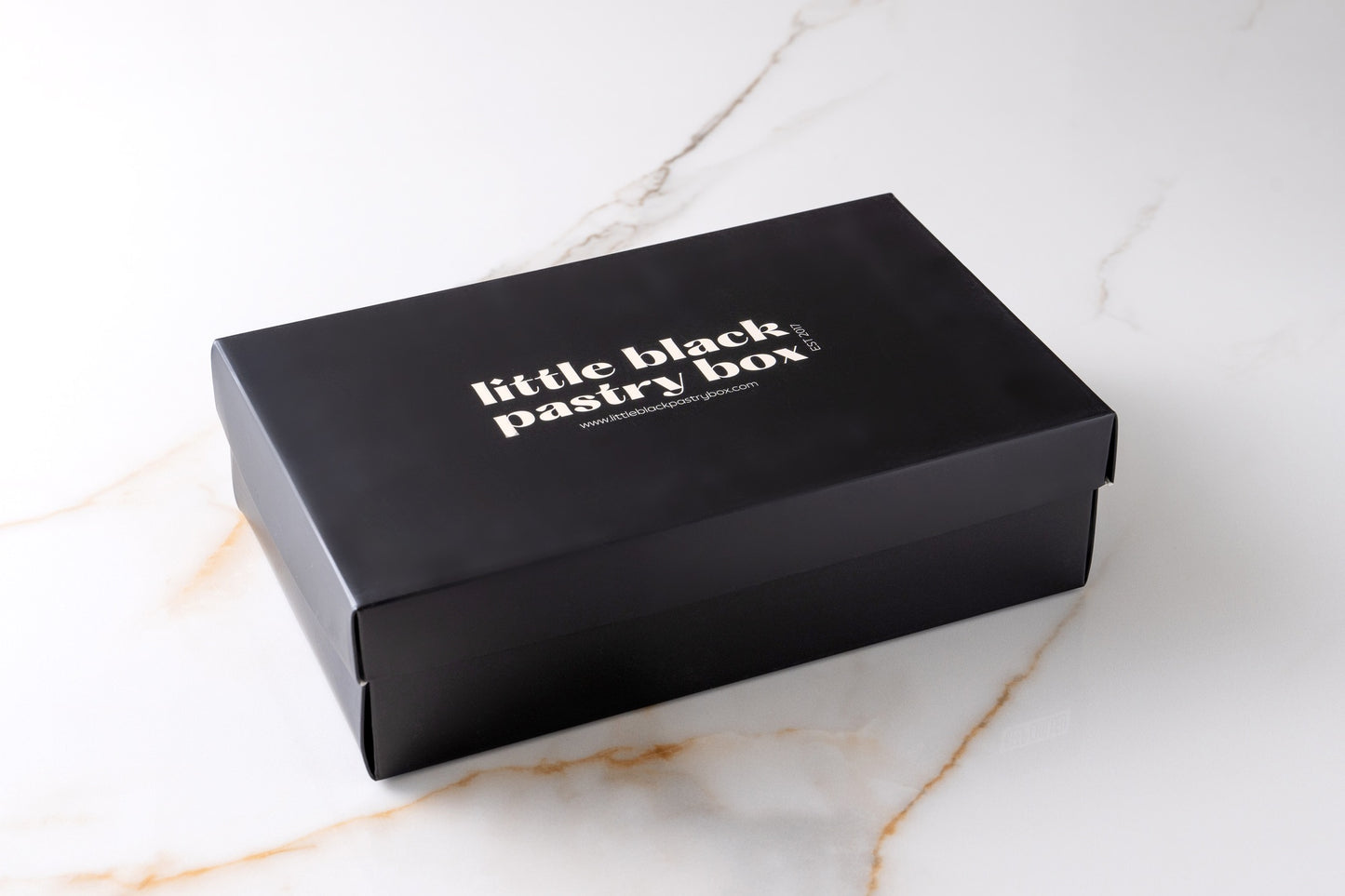
Choux Origins
Share
The history of the choux pastry, also known as profiteroles or cream puffs, is a delicious journey that spans centuries and multiple cultures. This delightful dessert is characterized by its light, airy texture and is typically filled with sweet creams or custards.
-
Origins in Renaissance Europe: The roots of choux pastry can be traced back to Renaissance Europe, particularly in France and Italy. While there is some debate about its exact origin, it is widely believed that the French chef Pantarelli, who worked for Catherine de' Medici in the 16th century, played a significant role in developing the basic choux pastry dough. The dough was initially called "pâte à Panterelli" in honor of the chef.
-
Evolution in France:
Choux pastry gained popularity in France during the 17th century. French chefs further refined the dough, leading to the creation of cream puffs, éclairs, and profiteroles. It was in this period that they began to fill the pastry shells with cream, custard, or other sweet fillings.
-
Spread Across Europe:
Choux pastry desserts quickly spread across Europe, becoming a beloved treat in countries like England, Spain, and Germany. Each culture put its own spin on the pastry, experimenting with different fillings and presentations.
-
Name Variations:
The dessert is known by various names in different countries. In France, it's commonly referred to as "choux à la crème." In the United Kingdom, it's often called "cream puffs," and in Italy, it's known as "bigne." In some places, they are called "profiteroles" when filled with ice cream and topped with chocolate sauce.




